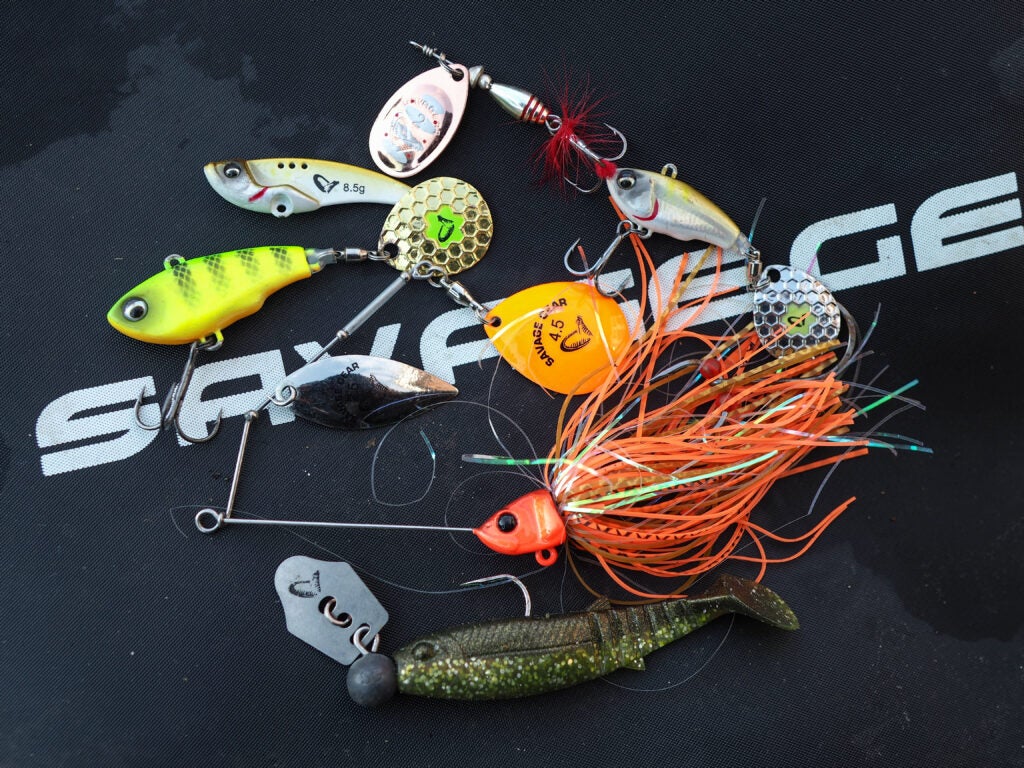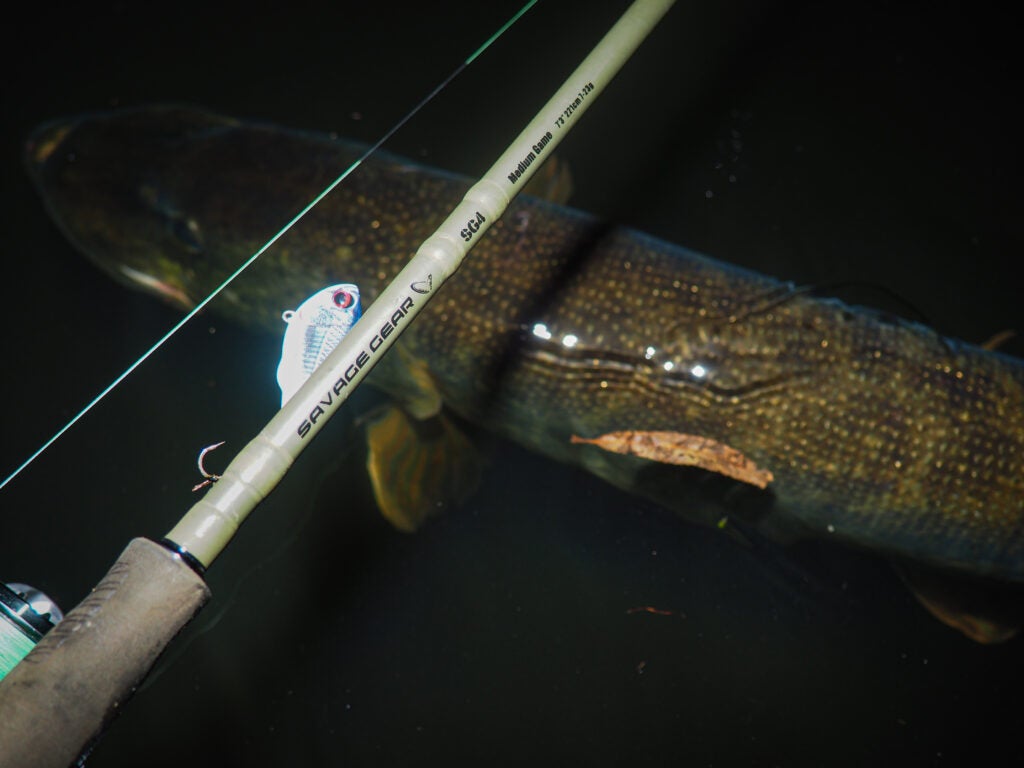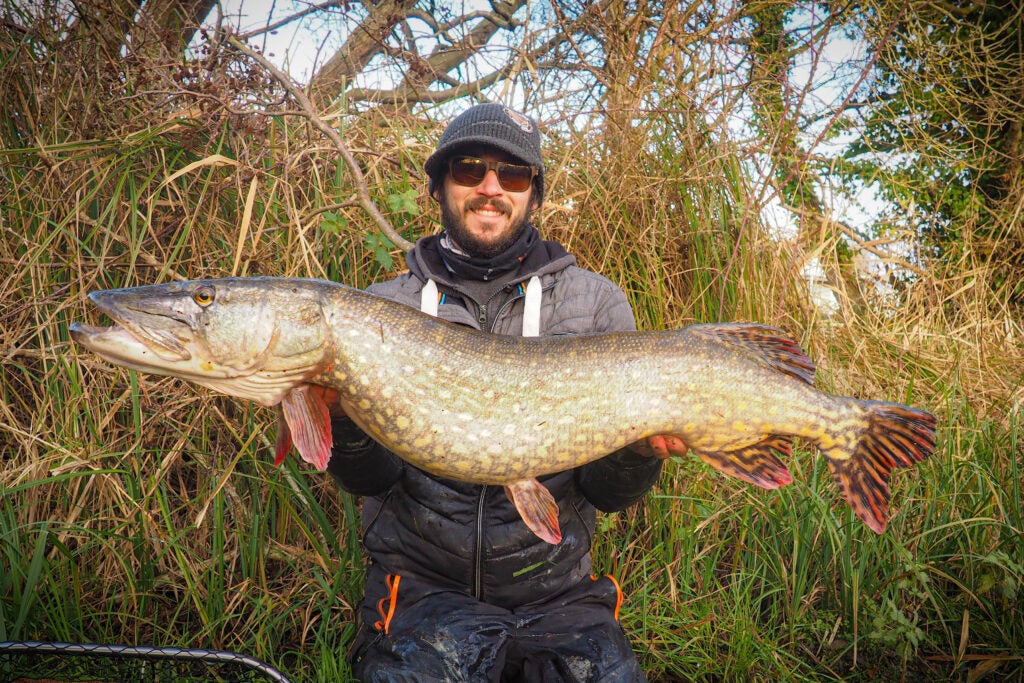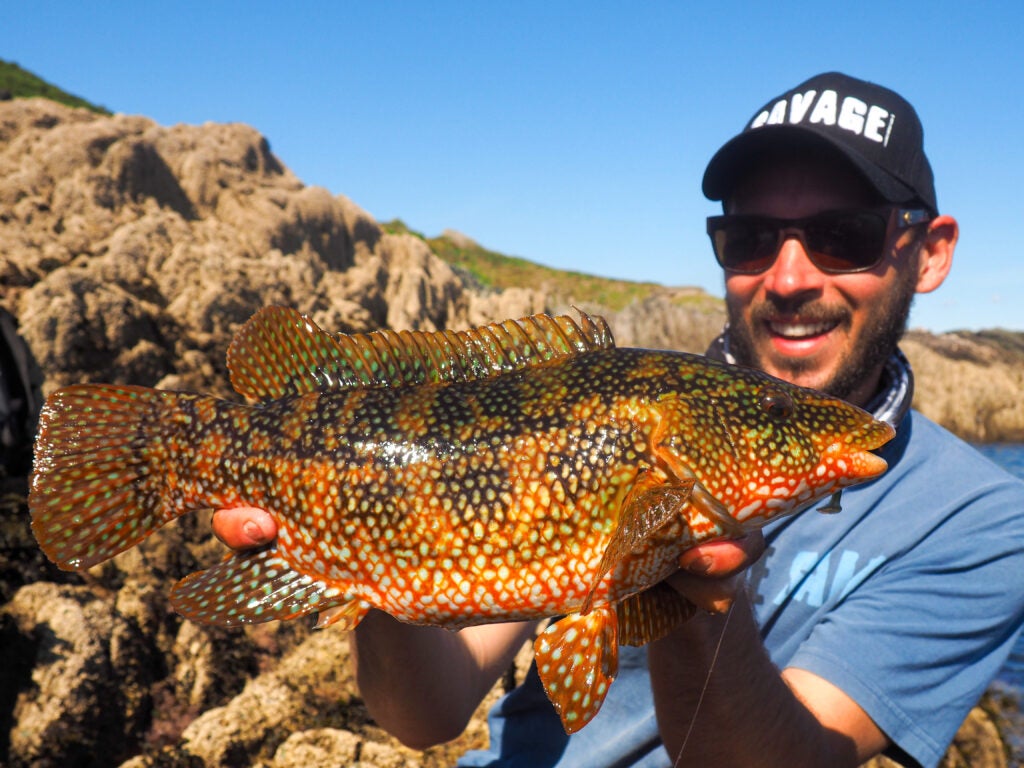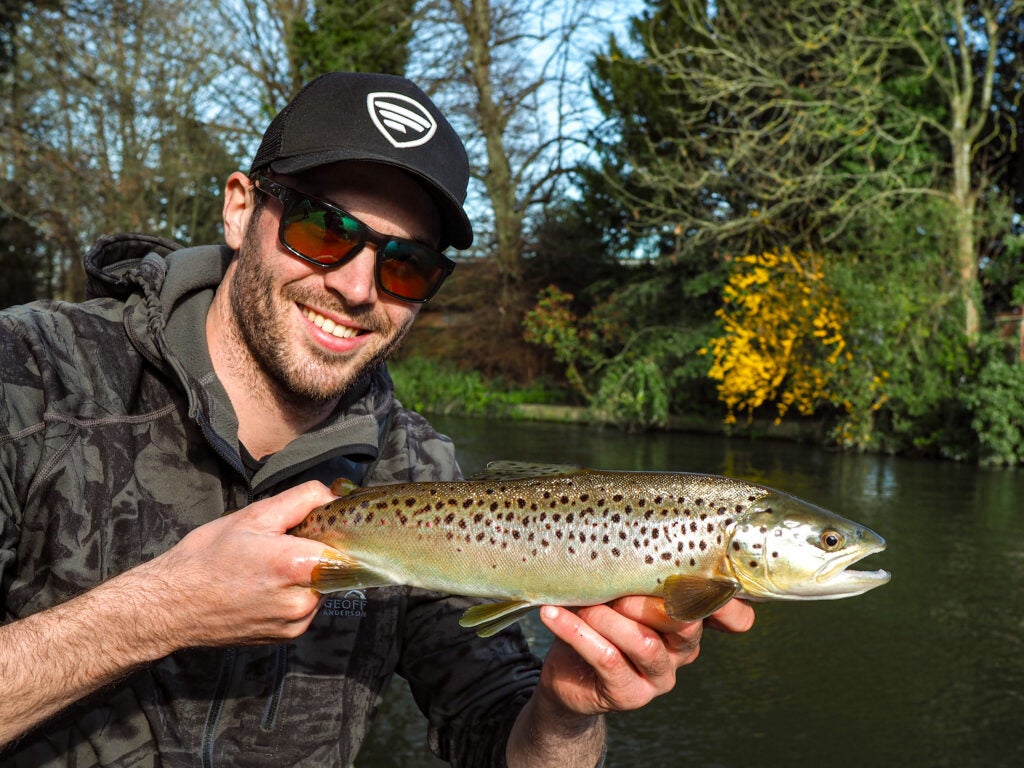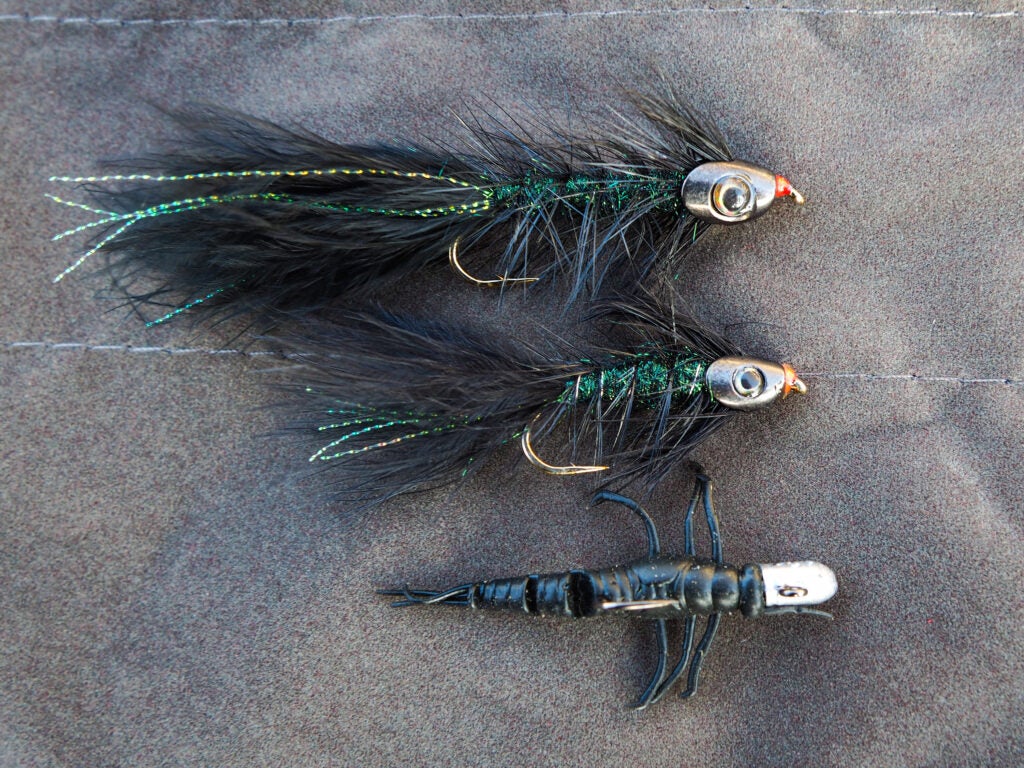R
Robbie Northman
Guest
A Love of Hard Lures
THE TACTIC
Growing up around boats and angling on the Norfolk Broads, I developed a passion for lure fishing at a young age. Modern soft plastics were not as readily available as they are now, mainly consisting of pike lures and a few products from the European and American markets. The local tackle shops, however, always had great little selections of spinners, spoons and hard baits. Hard baits really captured my imagination, exciting me with an active and engaging form of lure angling. I still have many fond memories tempting perch along the pads and overhangs. The images are still vivid in my mind – clear water, deep flanks, spiny dorsals, perhaps solidifying my strong passion for the technique even now.
NEW ENTHUSIASM
Back in autumn I was excited when a delivery of long-casting, perch-size hard baits arrived on my door, and packed them away with big plans for the winter. In the past, I’ve treated hard lures as a warm-water tactic, with reasonable success in cold months. This couldn’t be further from the truth. Across Europe they are used year-round to tempt perch, and in the US prove incredibly effective for bass. Motivated to try something different this winter, I decided to head out and fish exclusively with hard lures, keeping a log of the conditions I had the most success in. Further expanding my perch fishing armoury, and attempting to master a technique I’ve often overlooked. The results have been intriguing, and have led to one of my most rewarding winters, with specimen pike and perch both falling to one particular hard bait style. The twitch/jerk minnow.
ON TO THE SESSION…
Air temp 11ºC. Water temp 6.8ºC. South Westerly wind, est. 20mph. Air pressure 1005mb and stable. Overcast with lightly stained water. No, these are pretty nice conditions for actively feeding perch, following two days of mild rainy weather after extreme cold and clearing floodwater.
I loaded up the boat at 6:30am and set off to cash in on a morning feeding spell. Side-scanning the river for signs of predator activity, soon finding a productive-looking area to stop. I decided to start on the ned rig, landing a small pike fairly early on, however, after 30 minutes searching the area I hadn’t had a sign of a perch. Confident in the swim, I picked up my hard bait rod, a 7ft 6in 7-23g SG4, armed with the Savage Gear Gravity Twitch 9.5cm. To many it would seem like a big lure for perch, this is the exact reason to choose it. It’s aggressive, noisy, vibrant. Perfect for snatching the attention away from natural prey, producing reaction strikes. I cast the lure, counting it down to around 6ft in 8ft of water, and began to retrieve. I use a backhand twitch technique, using my full arm and body to jerk the lure with large aggressive motions. A turn of the reel handle, twitch, twitch, twitch, pause. I repeat this technique to boat, knowing the bite could come at any time. BANG! The tip slammed around with the ferocity of a pike, followed by the tell-tale head shakes of a perch. Suddenly the fish kited to my right, stripping line as it ran. Unusual for a perch, another small pike maybe? Unsure, I played the mystery fish with a light drag, conscious that this still may be a big perch. My hopes were confirmed as a huge flank flashed below the surface. Bringing butterflies to my stomach in a way big perch do. A couple more short runs and she was in the net. A fish of amazing proportions, high-backed and beautifully deep in the belly. Weighing in at 3lb 4oz, a beautiful perch on an amazing tactic.
THE END RESULT
I fished on for the morning, tempting a gorgeous almost starburst pike, losing another big perch though a daft mishap with the net, and banking another 2lb+ perch. A brilliant example of when a classic tactic can really reign supreme among modern techniques.
MY TOP 3 JERK MINNOWS TO TRY
#1 Savage Gear Gravity Twitch The lure I fished with, and a new addition to the Savage range. Long-casting and diverse in action. A slow sink rate makes it perfect for shallower venues and long suspended pauses. Perfect even in very cold conditions, it’s a classic reinvented.
#2 Rapala Countdown A true classic. The Countdown has been around for many years. It works a treat, jerked or retrieved steady. Sinking at 1ft per second, it’s easy to “countdown” and fish where the fish are. Perfect for slightly deeper venues or fast retrieves.
#3 Salmo Rattling Sting A true suspending jerk bait with a great colour range. Another great lure for suspend-and-jerk style retrieves in shallower waters.
The post Lure Fishing with Robbie Northman first appeared on FishingMagic Magazine.
Continue reading...
Last edited by a moderator:



















